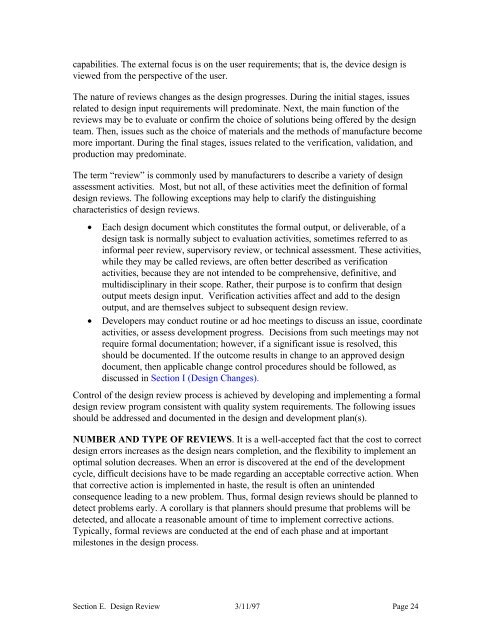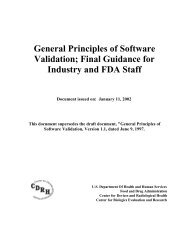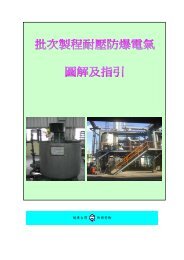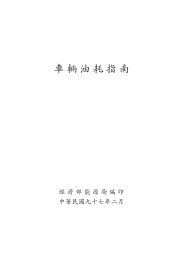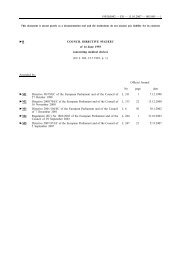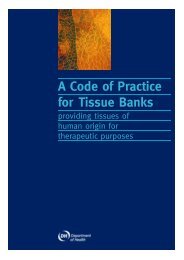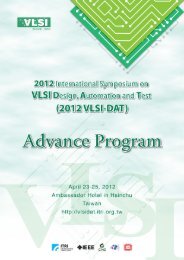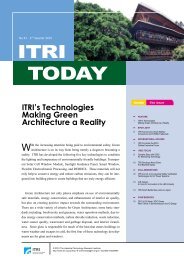Design Control Guidance - Food and Drug Administration
Design Control Guidance - Food and Drug Administration
Design Control Guidance - Food and Drug Administration
You also want an ePaper? Increase the reach of your titles
YUMPU automatically turns print PDFs into web optimized ePapers that Google loves.
capabilities. The external focus is on the user requirements; that is, the device design isviewed from the perspective of the user.The nature of reviews changes as the design progresses. During the initial stages, issuesrelated to design input requirements will predominate. Next, the main function of thereviews may be to evaluate or confirm the choice of solutions being offered by the designteam. Then, issues such as the choice of materials <strong>and</strong> the methods of manufacture becomemore important. During the final stages, issues related to the verification, validation, <strong>and</strong>production may predominate.The term “review” is commonly used by manufacturers to describe a variety of designassessment activities. Most, but not all, of these activities meet the definition of formaldesign reviews. The following exceptions may help to clarify the distinguishingcharacteristics of design reviews.• Each design document which constitutes the formal output, or deliverable, of adesign task is normally subject to evaluation activities, sometimes referred to asinformal peer review, supervisory review, or technical assessment. These activities,while they may be called reviews, are often better described as verificationactivities, because they are not intended to be comprehensive, definitive, <strong>and</strong>multidisciplinary in their scope. Rather, their purpose is to confirm that designoutput meets design input. Verification activities affect <strong>and</strong> add to the designoutput, <strong>and</strong> are themselves subject to subsequent design review.• Developers may conduct routine or ad hoc meetings to discuss an issue, coordinateactivities, or assess development progress. Decisions from such meetings may notrequire formal documentation; however, if a significant issue is resolved, thisshould be documented. If the outcome results in change to an approved designdocument, then applicable change control procedures should be followed, asdiscussed in Section I (<strong>Design</strong> Changes).<strong>Control</strong> of the design review process is achieved by developing <strong>and</strong> implementing a formaldesign review program consistent with quality system requirements. The following issuesshould be addressed <strong>and</strong> documented in the design <strong>and</strong> development plan(s).NUMBER AND TYPE OF REVIEWS. It is a well-accepted fact that the cost to correctdesign errors increases as the design nears completion, <strong>and</strong> the flexibility to implement anoptimal solution decreases. When an error is discovered at the end of the developmentcycle, difficult decisions have to be made regarding an acceptable corrective action. Whenthat corrective action is implemented in haste, the result is often an unintendedconsequence leading to a new problem. Thus, formal design reviews should be planned todetect problems early. A corollary is that planners should presume that problems will bedetected, <strong>and</strong> allocate a reasonable amount of time to implement corrective actions.Typically, formal reviews are conducted at the end of each phase <strong>and</strong> at importantmilestones in the design process.Section E. <strong>Design</strong> Review 3/11/97 Page 24


